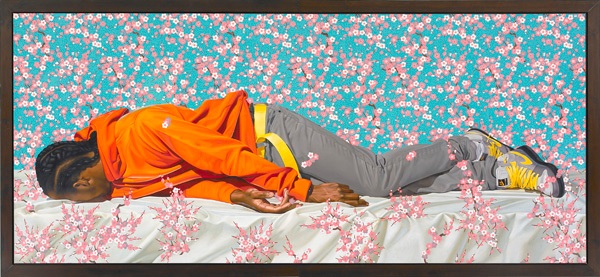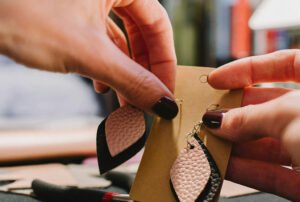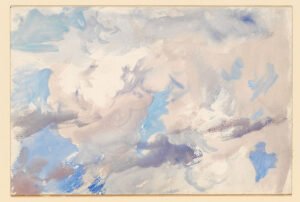
June 4, 2015; CNN
Kehinde Wiley has opinions about the portraiture that serves as the backdrop for a dominant culture. “What is portraiture? It’s choice,” he told CNN’s Christiane Amanpour. “It’s the ability to position your body in the world for the world to celebrate you on your own terms.”
Earlier this week, NPQ ran a powerful article called “Back to the Future” that addressed this cultural backdrop. Wiley takes on that backdrop by recreating historical paintings with a cultural twist.
“What I choose to do is to take people who happen to look like me—black and brown people all over the world, increasingly—and to allow them to occupy that field of power,” says Wiley.
Sign up for our free newsletters
Subscribe to NPQ's newsletters to have our top stories delivered directly to your inbox.
By signing up, you agree to our privacy policy and terms of use, and to receive messages from NPQ and our partners.
For example, take Jacques-Louis David’s famous portrait of Napoleon triumphantly balancing on his white horse as he crosses the Alps. Wiley reinterprets the painting—same pose, same horse, but with a change in background. Instead of the French Alps, Wiley’s version is set in front of a vibrant maroon wallpaper with gold medallions. And the main subject? Wiley replaces Napoleon with a black man and the emperor’s pristine historic military uniform with the modern soldier’s camouflage fatigues.
Wiley sees his pieces as important commentary on race, humanity, and place and choice. “It got me also thinking about the role of an artist within society. What can I do to start a broader conversation about presence and imminence and the desire to be seen as respected and beautiful in this world?”
“I’m about looking at each of those perceived menacing black men that you see in the streets all over the place, people that you oftentimes will walk past without assuming that they have the same humanity [and] fears that we all do.”
Against the backdrop of Ferguson and Baltimore and the continuing Black Lives Matter movement, Wiley’s paintings raise larger questions about race and political and social place.
“My job is to walk through the streets, find someone who’s minding their own business, trying to get to work, stopping them—the next thing you know, they’re hanging in a great museum throughout the world, and it allows us to slow down and to say yes to these people, yes to these experiences, yes to these stories.”—Shafaq Hasan













